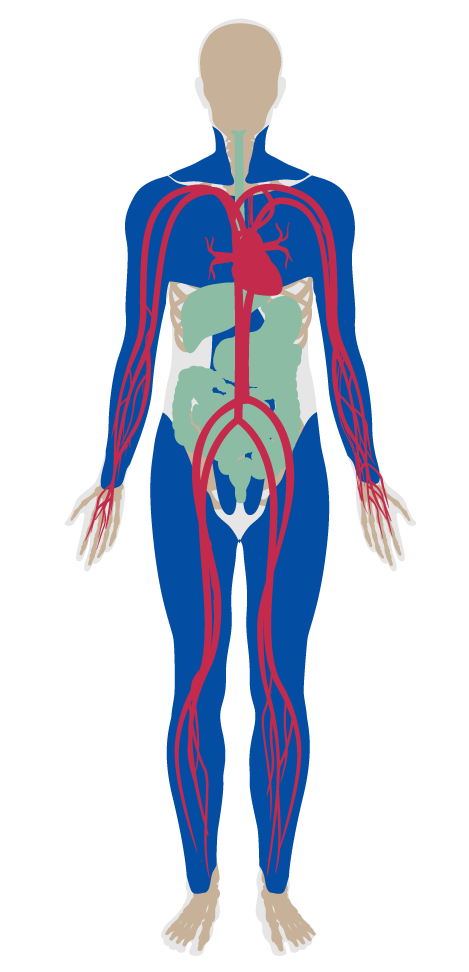Activity incentive programs
Activity incentive programs
To promote active lifestyles through the provision of physical activity incentive programs.
BACKGROUND
The health benefits of physical activity are numerous, from reduced risk of chronic diseases such as cancer, cardiovascular disease and diabetes, to better mental health and increased quality of life. In addition, relatively small amounts of activity can lead to significant benefits: just 2.5 hours of moderate-intensity physical activity per week can reduce overall mortality risk by nearly 20%. Research shows that even small incentives can significantly influence individual decisions and behaviors towards physical activity. However, the effectiveness of varying types of incentives (e.g., monetary, non-monetary), their distribution schedule, their magnitude, and their relationship to specific types of activity engagement remain largely unknown. In addition, implementation of physical activity incentives for different populations and geographic regions adds an additional layer of complexity in prescribing and implementing effective incentive programs. Therefore, projects play a fundamental role in defining and creating incentive programs that are meaningful to their project population and aim to help develop and maintain regular exercise and physical activity behaviors.

